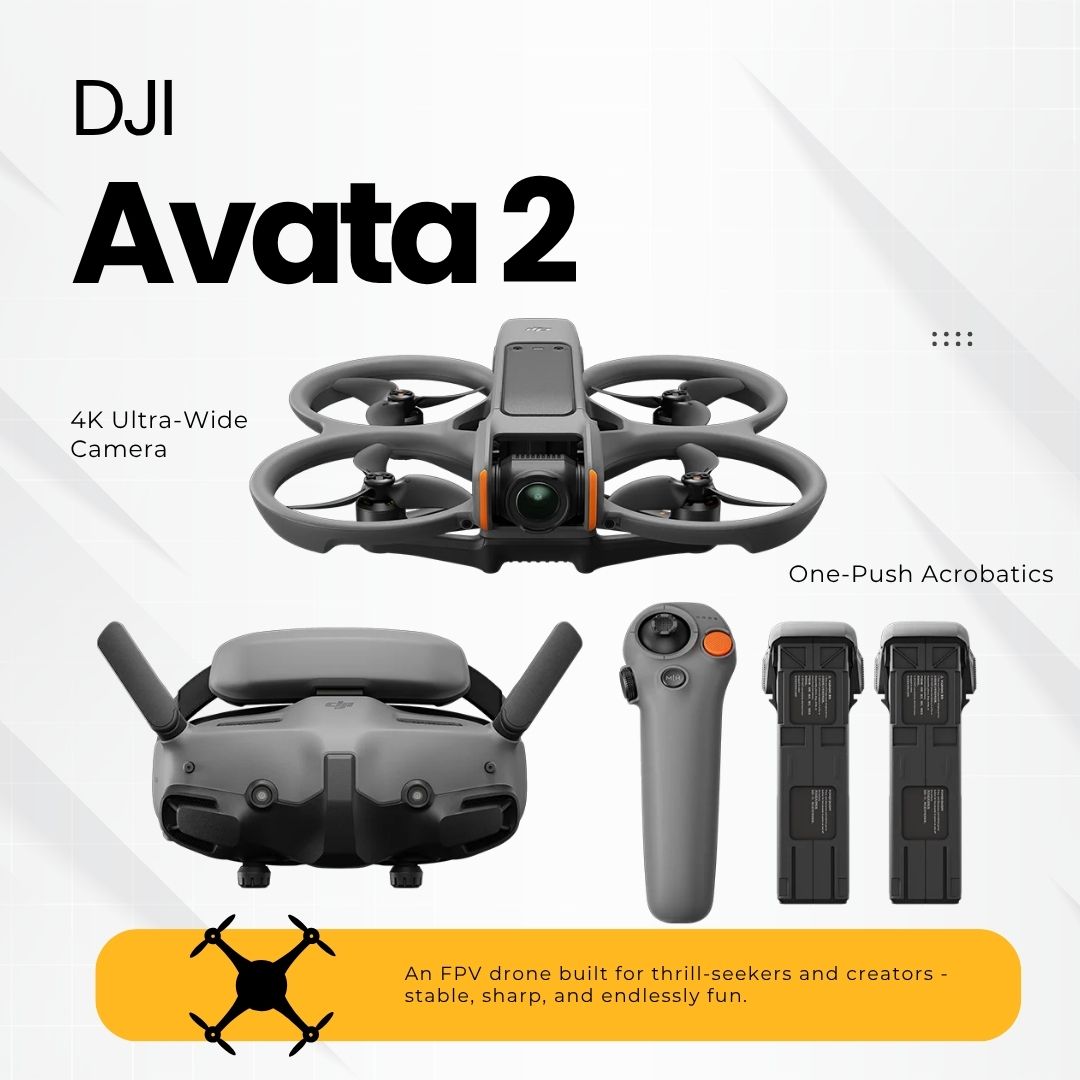What Does Drone Sound Like?
With drones now a familiar presence in skies across Australia, more people are starting to ask: what does drone sound like? From recreational quadcopters to professional cinematography RPAs and even military surveillance drones, each type emits a unique acoustic footprint. In this post, we explore the science of drone noise, the perception of sound at different times of day, and how it compares to insects, aircraft, and other machines.
What Does a Drone Sound Like to the Human Ear?
At a basic level, drones produce sound through their propellers spinning at high speed. The pitch and volume depend on several factors including drone size, number of propellers, RPM, altitude, payload, and environmental conditions. When you ask what does a drone sound like?, the answer is often a high-pitched buzz or hum, sometimes compared to a swarm of bees or a small hairdryer hovering in the air.
For most consumer drones like the DJI Mavic series, the noise tends to be in the range of 65 to 85 decibels at close range. This is similar to the volume of city traffic from the footpath. In quiet environments or at night, the sound can travel further and become more noticeable, leading to more questions like are drones loud at night?
Can You Hear a Drone Flying Overhead?
Can you hear a drone flying? Absolutely. While many drones are designed to be discreet, they are not silent. You may not notice a drone during the day in a noisy area, but at night or in quiet surroundings, even smaller models are clearly audible. The higher the drone flies, the more the sound diminishes, but even professional drones used for cinematography are detectable by ear under most conditions.
The question are the drones making noise? becomes particularly important in residential zones and during night-time operations. CASA in Australia has guidelines around flying near people and private property, in part due to concerns about noise and privacy. For more detail on how drones interact with sound, check out our post on do drones have microphones.
How Loud Are Drones at Night?
Night-time enhances sound sensitivity. With reduced background noise, even small drones seem louder than they are during the day. This is why many people report that drones are loud at night, even when operated at legal distances. Night flying is legal under RePL/Operator’s Certificate conditions, but it often requires careful noise mitigation in populated areas.
Do Drones Sound Like Bees or Insects?
One of the most common descriptions is that drones sound like bees. In fact, if you’ve ever asked do drones sound like bees? or what bug sounds like a drone?, you’re not alone. The rapid pulsating noise of the rotors mimics the wingbeat frequency of certain insects. Larger drones might sound more mechanical, but many recreational quadcopters have an unmistakable insect-like whine.
This similarity can confuse wildlife, which is why drone operators filming in nature reserves must take care to minimise disruption. Some birds have even been seen attacking drones, possibly due to the unfamiliar sound mimicking a threat.
Does a Drone Sound Like a Plane or Helicopter?
Does a drone sound like a plane? Not really. While both involve propellers, drones lack the engine roar that aircraft produce. Instead, the drone’s noise is usually more of a continuous hum or buzz. Similarly, do drones sound like helicopters? Not quite. Helicopters have a slower, chopping sound, while drone rotors spin at much higher speeds, resulting in a higher-pitched whirring noise.
The confusion often arises at night when visual cues are gone. Someone might hear a strange mechanical noise and wonder if it’s a drone, plane, or chopper. The unique sound profile of a drone, however, is increasingly recognisable with experience.
What Does a Surveillance Drone Sound Like?
What does a surveillance drone sound like? It depends on the type. Consumer-level drones used for inspections or casual filming will still produce the same familiar buzzing sound. However, military-grade surveillance drones are often designed to operate at much higher altitudes, with significantly reduced acoustic signatures. Their sound may not be audible at ground level at all.
Some fixed-wing surveillance drones sound more like faint aircraft if close enough. In contrast, multirotor surveillance drones might still sound like a swarm of wasps if flying low. Despite myths, they’re rarely silent — though their noise might blend in with ambient sounds, especially in urban environments.

What Do Military Drones Sound Like?
What do military drones sound like? The answer varies. Large military drones such as the MQ-9 Reaper have internal combustion engines and can sound like a distant light aircraft. These are not stealthy in sound, and often operate at very high altitudes where the sound doesn’t reach the ground. On the other hand, small tactical military drones might have a similar buzz to civilian models.
Are military drones silent? Not exactly. While some are engineered for stealth, silence is very difficult to achieve in flight due to airflow and rotor turbulence. Reduced sound does not mean zero sound. Trained personnel might still detect their presence by ear, especially in quiet zones.
Reducing Drone Noise: Is It Possible?
Manufacturers are investing in quieter propellers and lower-noise ESCs (electronic speed controllers). Some DJI models, for example, now feature “low-noise” propeller options, which reduce overall decibel levels and change the frequency to a less irritating pitch. Flying at higher altitudes or slower speeds can also help reduce perceived noise.
However, if you’re trying to reduce detection, the focus isn’t just what does drone sound like — it’s also about when and where you fly. Wind, urban noise, and time of day all affect how easily a drone is heard
Final Thoughts
The question what does drone sound like leads to a surprising range of answers. From buzzing bees to distant aircraft, drones have a sound signature all their own. Whether you’re curious, cautious, or just trying to identify that mysterious hum overhead, recognising the sound of drones is increasingly relevant in today’s world.
Understanding drone acoustics helps with safety, privacy, wildlife awareness, and even creative sound design in film. And for operators like us at Flying Glass, sound is just as much a part of the planning as framing the perfect aerial shot.






